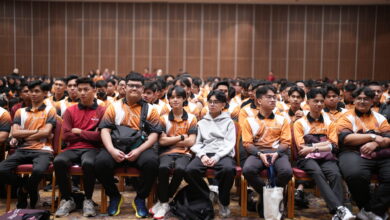Malaysia’s Higher Education Embraces Hybrid Learning: A Leap Towards Flexibility and Affordability
Discover how Malaysia's higher education institutions are revolutionizing learning through a hybrid model, balancing in-person and online education to increase accessibility and affordability.

In a world where the only constant is change, Malaysia’s higher education institutions (HEIs) are making a bold leap. The Higher Education Ministry’s recent announcement that 95 bachelor degree programs across 19 institutions will adopt a hybrid learning model marks a significant shift in the landscape of Malaysian education. This model, a blend of in-person and online education, is being embraced for its flexibility and cost-effectiveness, highlighting a pivotal moment in the wake of the COVID-19 pandemic’s lasting impact on traditional learning models.
Setting the Stage for Hybrid Learning
The transition towards hybrid learning is not just about embracing technology. It’s about breaking the mold of conventional education to make higher education more accessible and affordable for all. With physical attendance required only in the first and final years of these programs, and some programs seeing a reduction in duration from four to three years, the move is poised to transform the educational journey for many. However, this shift necessitates significant adjustments in terms of academic standards, infrastructure, and socio-economic factors to ensure quality and equitable access.
Read more : BNN Breaking




